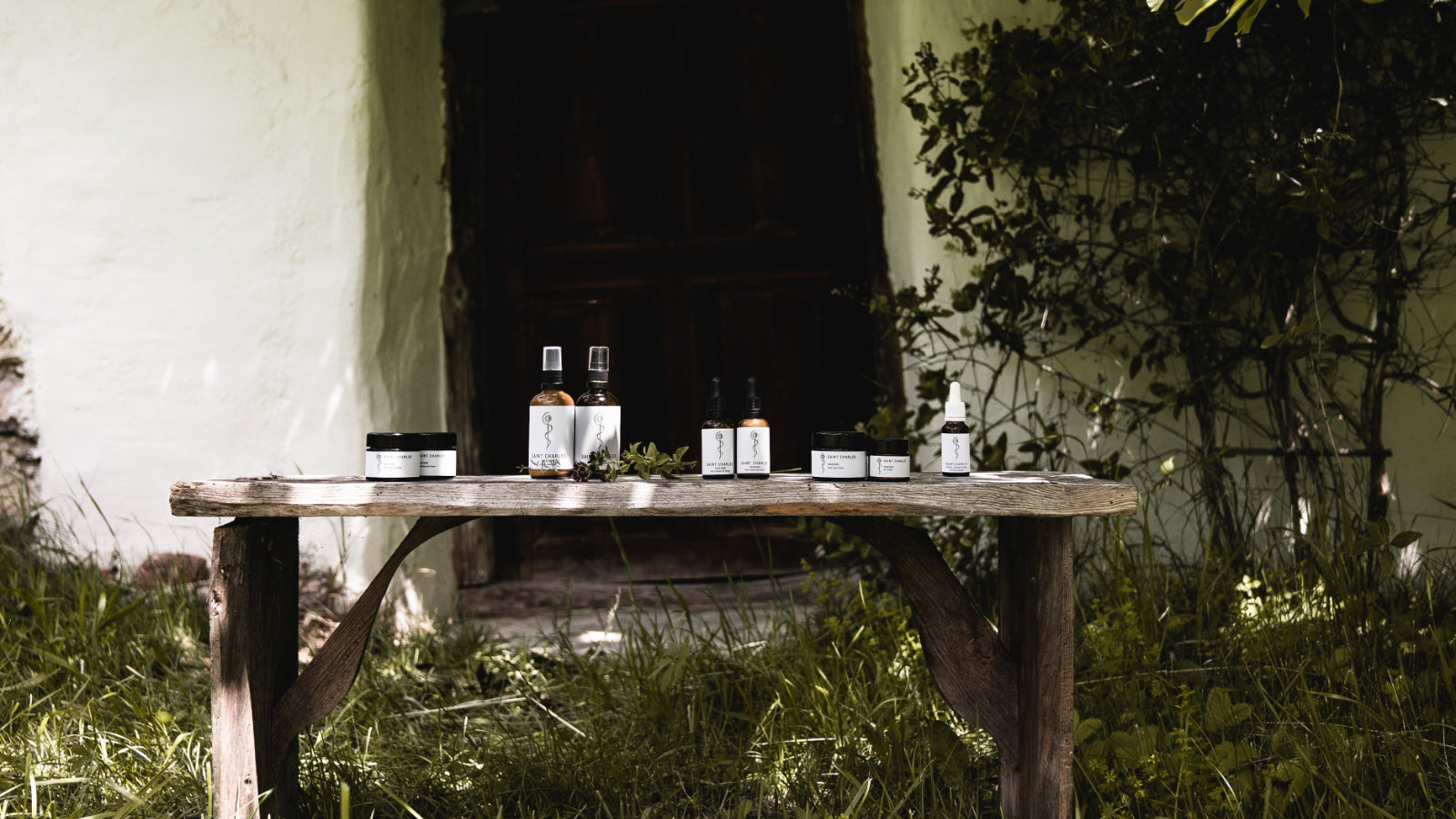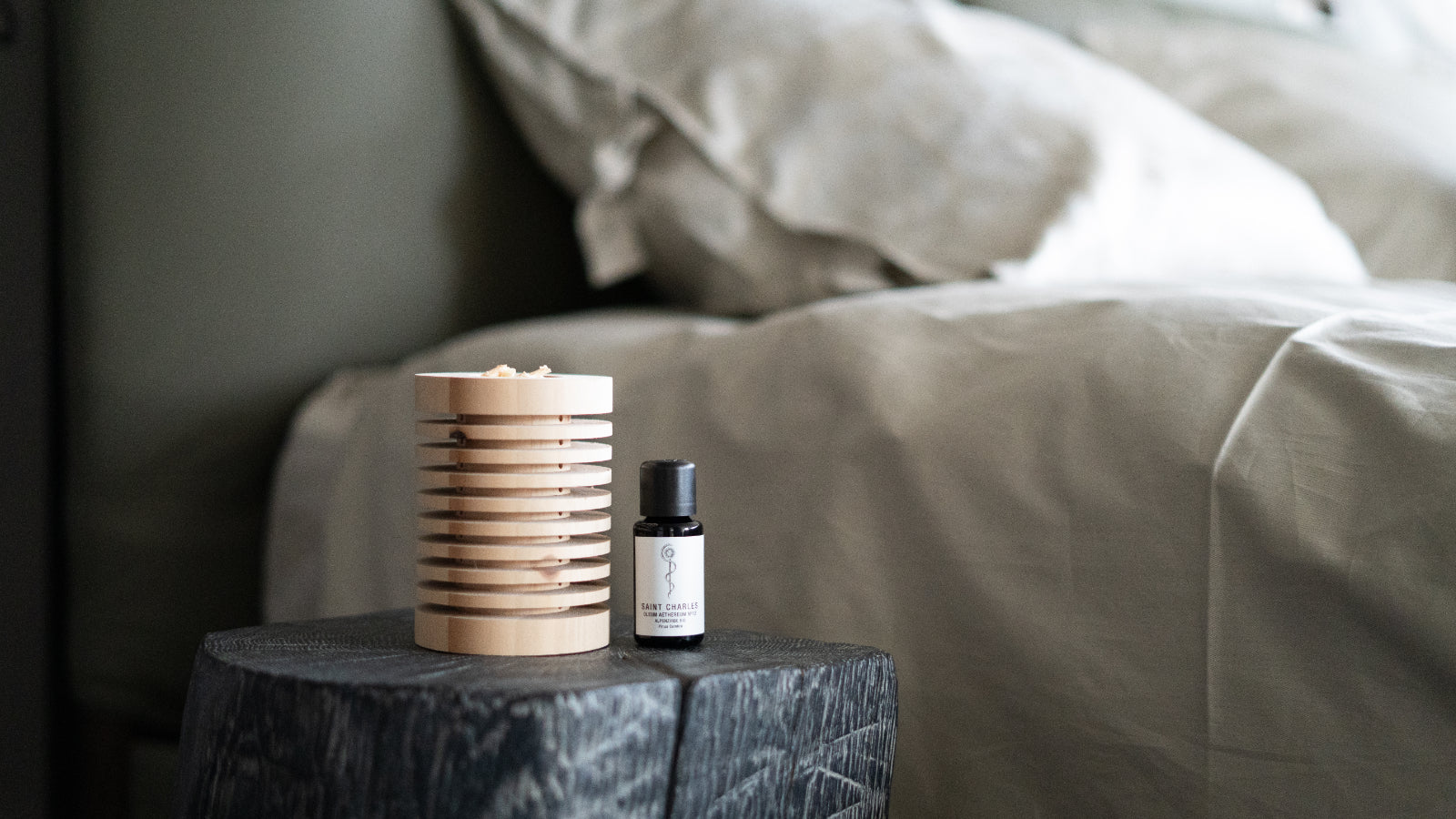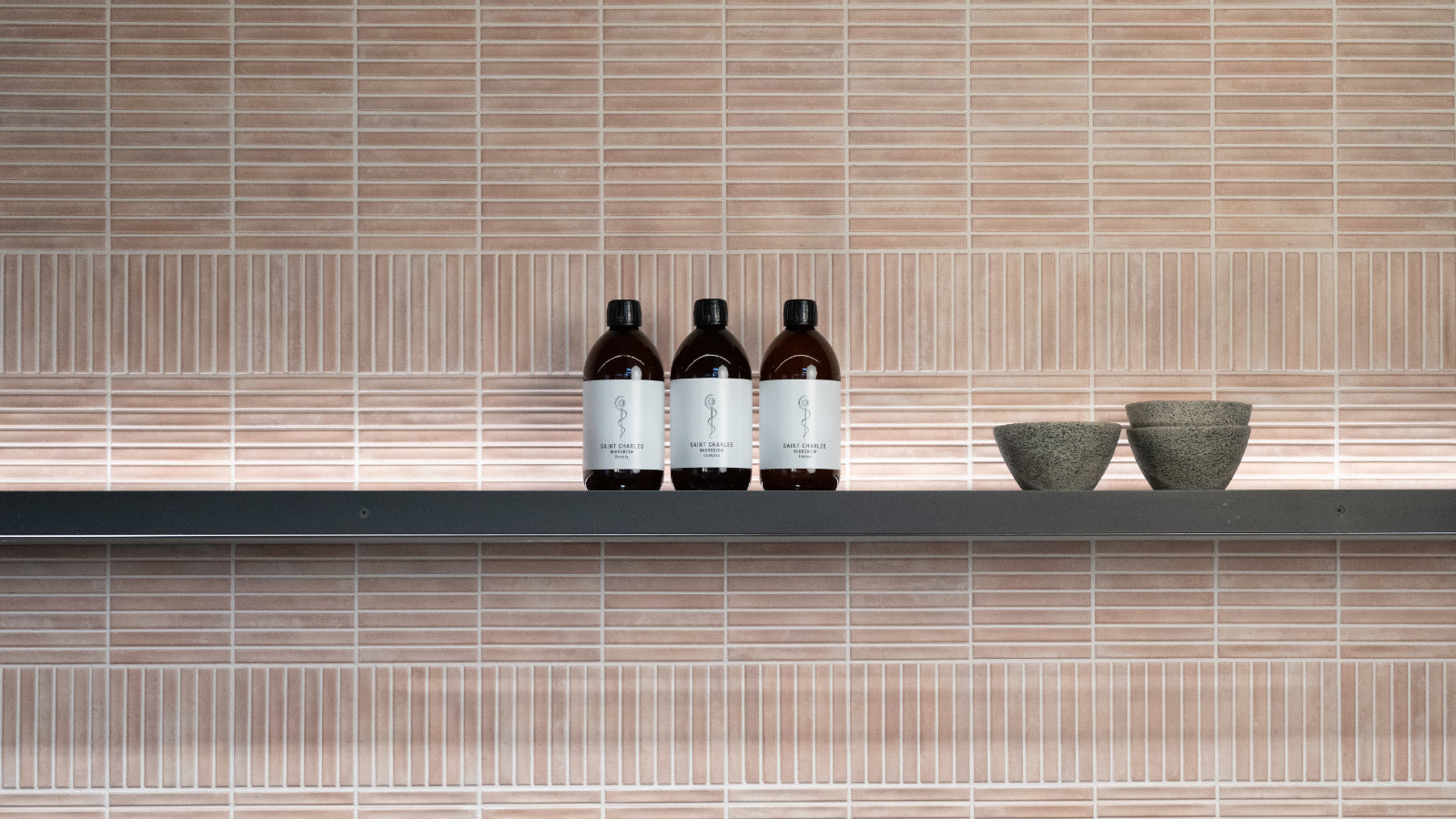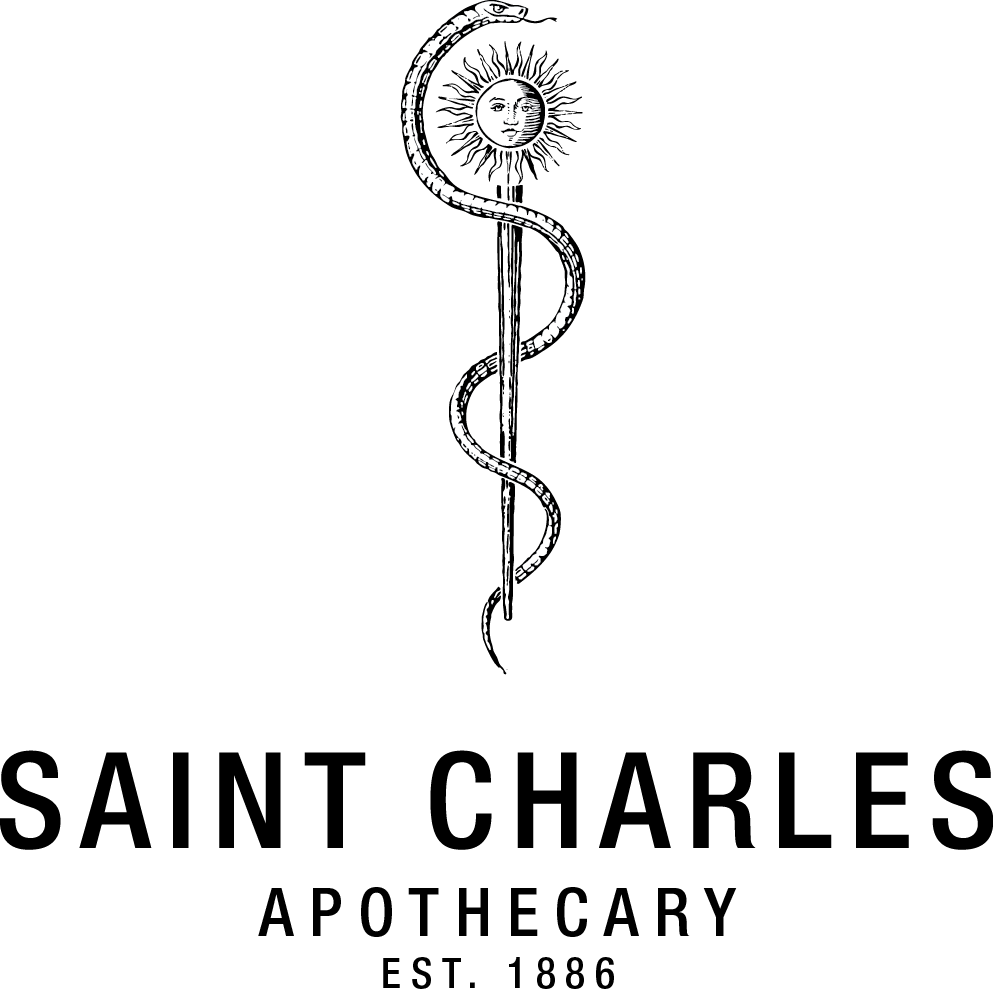In the first part of this series, we reported in the article Natural Sun Protection about the healing power of the sun and the right sunbathing with the right protection. In this article, we would like to focus particularly on the concept of light protection factor (SPF), which is important for sun protection, and on the difference between chemical and mineral sunscreens.
What is SPF
Sunlight is made up of rays of different wavelengths. The heat we feel comes from infrared rays. The light that puts us in a good mood comes, of course, from the visible rays, which are made up of all the colours of the rainbow. Ultraviolet rays are the rays we are concerned with here. UV-A rays age the skin, UV-B burn the skin and UV-C are already filtered in the atmosphere.
Light protection factors (SPF) protect us from these rays. The duration of protection depends on the skin type and the strength of the sun. In general, those who use SPF can stay in the sun longer without getting sunburned. It should not be forgotten that sweating or even bathing reduces the effect of SPF. And of course the SPF also depends on the amount used. The fact that you should rather avoid the sun at midday was already described in the article Natural Sun Protection Part 1.
The SPF indicates how much longer you should be exposed to the sun without getting sunburned than is possible with your personal, unprotected self-protection time. Self-protection time defines the possible time in the sun without additional sunscreen without reddening the skin and depends on several personal factors.
Depending on skin type, self-protection time ranges from three minutes for very fair skin to forty minutes for Mediterranean tan skin. It is standardised at UV index 8 (midday sun in summer in Central Europe). With a higher UV index (high mountains, Mediterranean, tropics) and with reflective surroundings (water, snow, sand), the self-protection time is significantly lower. With pre-tanned skin, the self-protection time is higher, which does not apply to the use of self-tanners or solarium tanning.
Calculation of the personal sun protection factor (SPF)
To calculate the personal sunbathing pleasure, simply multiply the self-protection time times the sun protection factor, taking into account the UV index. With a UV index of 8 (midday sun in summer in Central Europe), you can therefore enjoy the sun for around 2.5 hours with very fair skin and an SPF50 (3 minutes times 50 = 150 min.). To be on the safe side, however, only two-thirds of this time should be used. Of course, bathing also reduces the time. For the classification of the correct skin type, we have added a corresponding definition at the end of the article.
Chemical versus mineral sunscreens
Most chemical sunscreens contain UV-A and UV-B blockers. The most commonly used are avobenzone, benzophenone, ethylhexyl or methoxycinnamate. Many of these compounds are strong free radical elicitors themselves. When they come into contact with UV light, they are broken down. They produce free radicals that can damage the fats, proteins and DNA of cells and have been linked to premature skin ageing and cancer.
Chemical sunscreens can protect against sunburn. However, they do not necessarily protect against basal cell cancer (light skin cancer). According to recent studies, the number of melanomas in men who regularly use sunscreens and the incidence of basal cell cancers in women have increased.
That is why we recommend sun care that is completely free of synthetic ingredients, chemical sunscreens and nanoparticles. Good and natural sun protection consists of an effective combination of plants and minerals such as zinc oxide and titanium oxide. It lays on the surface of the skin to reflect the sun's rays from there without leaving a white residue on the skin. It protects the skin without irritating it and, in the best case, nourishes it with plant-based active ingredients and moisture such as aloe vera. This makes it also well suited for babies and children.
We offer a large selection, especially mineral sunscreens, in our natural cosmetics range at the Apotheke & Cosmothecary Vienna and Berlin and in our onlineshop.
Fact box chemical versus mineral
Chemical UV filters penetrate the outer layer of the epidermis. After an activation phase of about 30 minutes, they begin to convert the UV rays in the skin into other forms of energy by means of a chemical reaction.
Advantages
- Easily spreads on the skin and absorbs quickly
- Higher sun protection factors possible than with mineral filters
Disadvantages
- Only protects after about 30 minutes
- Low durability of only a few months
- May have hormone-like effects and cause allergic reactions
Mineral
Mineral UV filters consist of natural white colour pigments, mostly titanium dioxide and zinc oxide. These lay on the surface of the skin like many tiny mirrors and immediately start reflecting the sunlight.
Advantages
- Protects immediately after application, with no waiting time
- Very good compatibility
Disadvantages
- Harder to spread on the skin
- Leaves a fine whitish film on the skin
- Look for products without nanoparticles that pose a health risk
Skin types
(according to Fitzpatrick - source: Wikipedia)
Celtic type (Type I)
- Features
- very fair complexion
- reddish or light blond hair
- blue, green or light grey eyes
- freckles
- very pale nipples
- does not tan, but gets freckles
- very frequent sunburn
- very high risk of skin cancer
- own protection time
- <10 minutes
- Recommended sun protection measures
- Prefer shade, especially over midday
- Hat with neck protection
- Dress arms and upper body appropriately
- Sunglasses with UV protection
- Protect nose, ears and lips especially
- Recommended sun protection factor
- UV index 3-4: 15
- UV index 9+: 25-35
Nordic type (Type II)
- Features
- light complexion
- blond, light brown or dark brown hair
- blue, grey or green eyes
- often freckles
- moderately pigmented nipples
- slow, minimal tanning
- frequent sunburn,
- high risk of skin cancer
- Individual protection time
- 10 - 20 minutes
- Recommended sun protection measures
- Prefer shade, especially over midday
- Hat with neck protection
- Dress arms and upper body appropriately
- Sunglasses with UV protection
- Protect nose, ears and lips especially
- Recommended sun protection factor
- UV index 3-4: 10-15
- UV index 9+: 20-25
Mixed type (Type III)
- Characteristics
- Medium skin colour
- dark brown or light brown, dark blond hair, sometimes blond or black hair
- brown, blue, green or grey eyes
- hardly any freckles
- moderately brown nipples
- slow but progressive tanning to light brown
- Sometimes sunburn, there is a risk of skin cancer
- Intrinsic protection time
- 20 - 30 minutes
- Recommended sun protection measures
- Avoid the sun over midday
- Head covering and sunglasses
- Protect lips and neck especially
- Recommended sun protection factor
- UV index 3-4: 10-15
- UV index 9+: 15-20
Mediterranean Type (Type IV)
- Characteristics
- Tan or olive skin even when untanned
- brown eyes
- brown or black hair
- no freckles
- dark nipples
- quick tan to medium tan
- seldom sunburn
- there is a low risk of skin cancer
- own protection time
- >30 minutes
- Recommended sun protection measures
- Headgear and sunglasses
- In the mountains and by the sea, protect the nose, lips and neck especially
- Recommended sun protection factor
- UV index 3-4: 10
- UV index 9+: 15
Dark skin types (Type V)
Predominantly people from Arabia, North Africa, dark Asians.
- Characteristics
- Dark to light brown skin even when untanned, often a grey undertone
- brown eyes
- Black hair
- no freckles
- quick tan to dark brown
- barely any sunburn
- very low risk of skin cancer, nevertheless caution is advised
- Individual protection time
- >90 minutes
- Recommended sun protection measures
- Headgear and sunglasses
- In the mountains and by the sea, protect the nose, lips and neck especially
- Recommended sun protection factor
- UV index 3-4: 4
- UV index 9+: 8
Black skin types (Type VI)
Predominantly people from sub-Saharan Africa, India and Australia.
- Characteristics
- Dark brown to black skin even when untanned
- brown eyes
- black hair
- no freckles
- practically never sunburn
- almost no risk of skin cancer
- own protection time
- >90 minutes
- Recommended sun protection measures
- Headgear and sunglasses
- In the mountains and by the sea, protect the nose, lips and neck especially
- Recommended sun protection factor
- UV index 3-4: 2
- UV index 9+: 4







